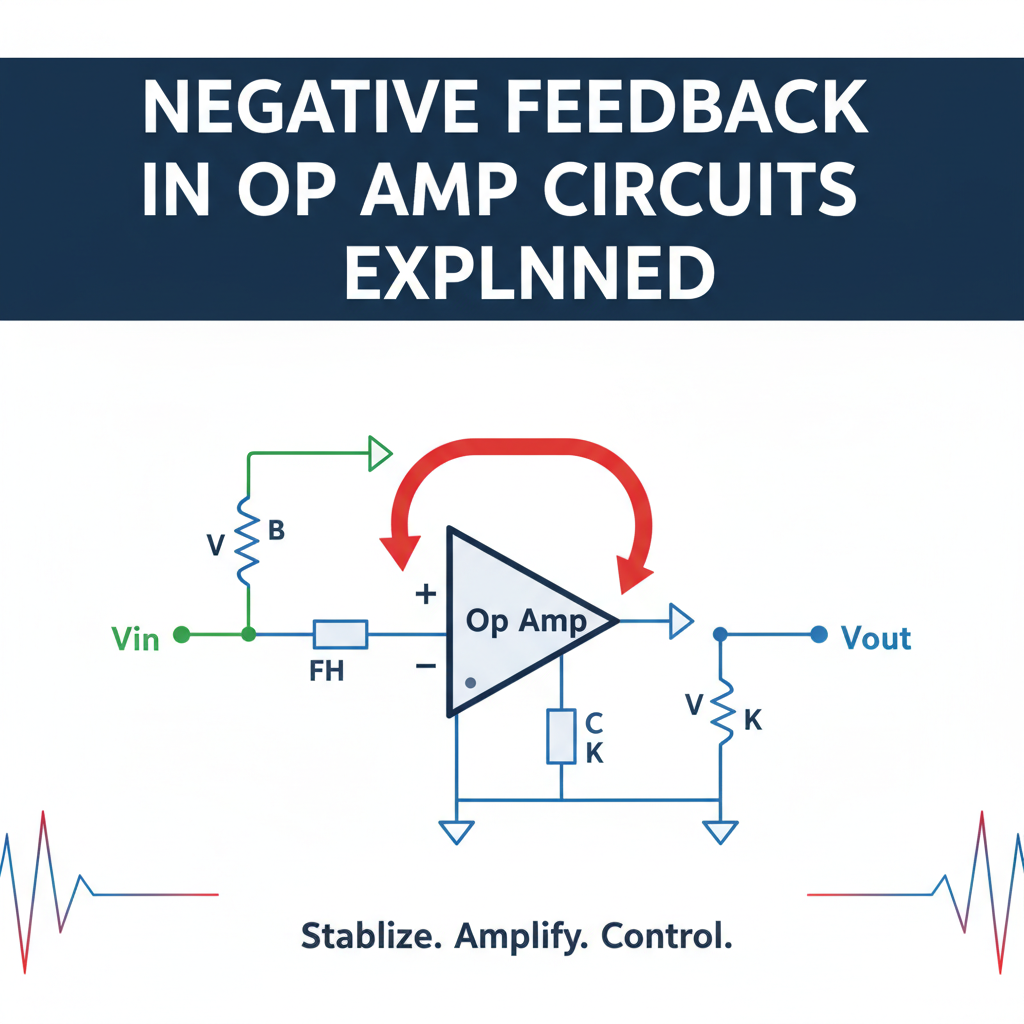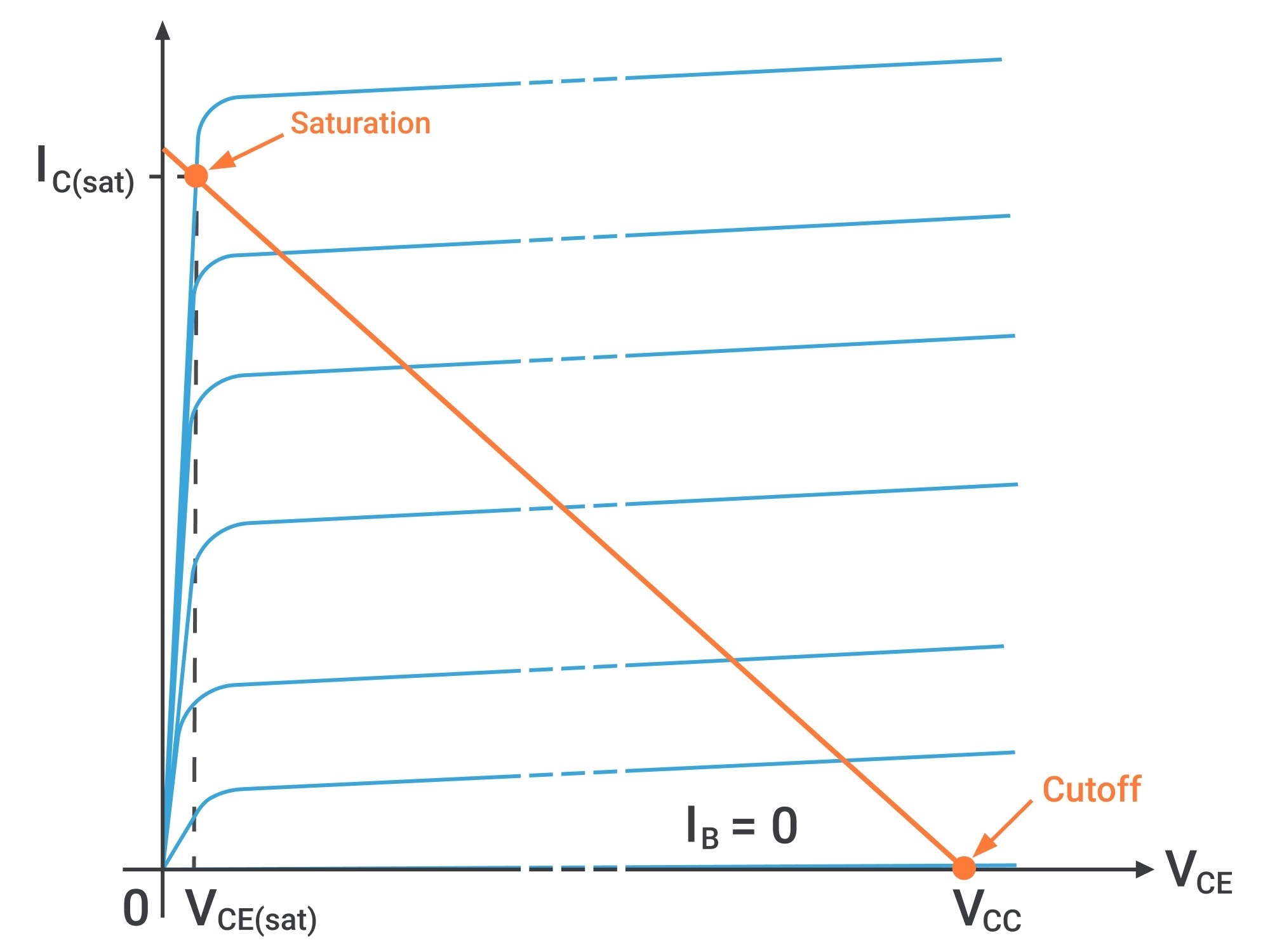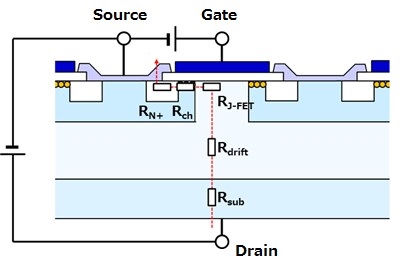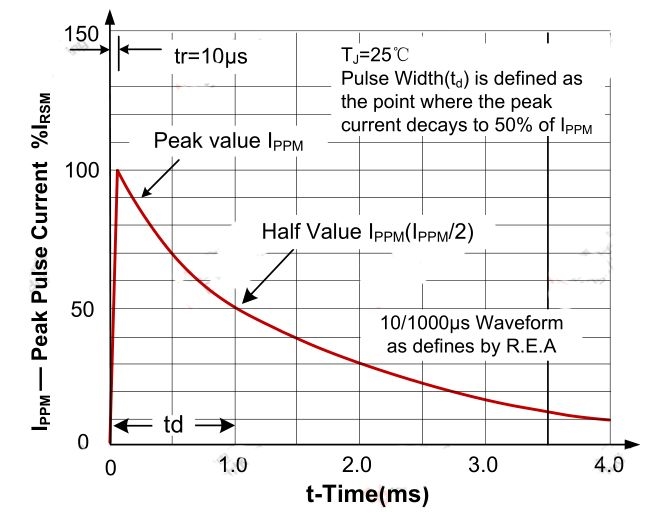1. Resistor types
Resistors can be classified into several types, for example:
- Carbon composition resistors with high-density granular dielectric
- Wirewound resistors using nickel or other flexible metal wire
- Metal film resistors made from temperature-stable materials
- Thin-film chip resistors on alumina or glass-epoxy substrates
In RF and microwave circuits, thin-film chip resistors (surface-mounted devices, SMD) are most commonly used because of their favorable RF characteristics and small size.
2. Equivalent model of high-frequency resistors
In high-frequency signal circuits, a resistor is not a pure resistance R. It also exhibits parasitic inductance and capacitance: an inductance L representing lead inductance, a capacitance Ca modeling charge separation effects, and a capacitance Cb modeling internal lead capacitance. The equivalent circuit is shown below.
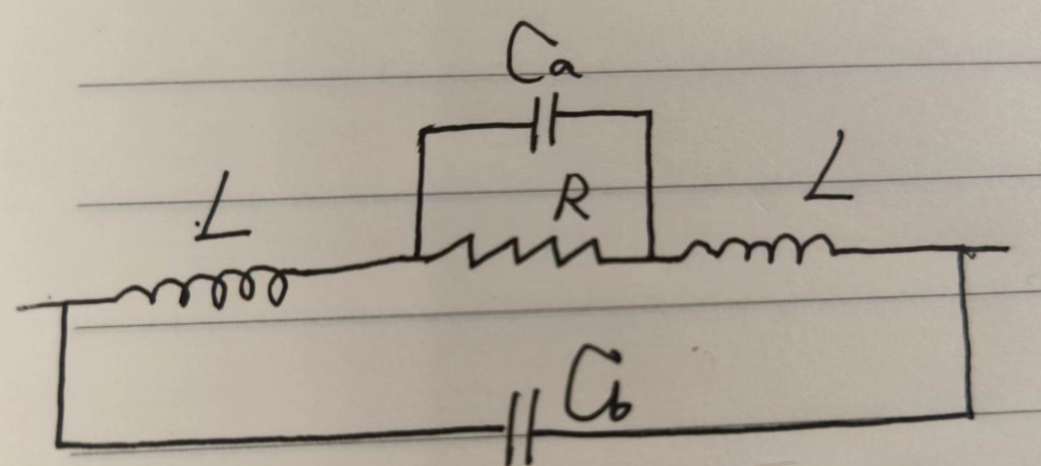
3. RF impedance response of high-frequency resistors
The impedance of a high-frequency resistor can be calculated as follows.

Analysis:
- At low frequencies (for example, below 1 MHz), the resistor's impedance is approximately equal to R.
- When frequency exceeds a certain range (for example, above 5 MHz), the effect of parasitic capacitance Ca becomes significant, causing the resistor impedance to decrease.
- At higher frequencies, in the GHz range, resonances can occur and the impedance may reach a minimum. Multiple resonant points can appear in practice.
- Beyond the resonant frequencies, the increasing inductive effect causes the resistor impedance to rise again.
 ALLPCB
ALLPCB



